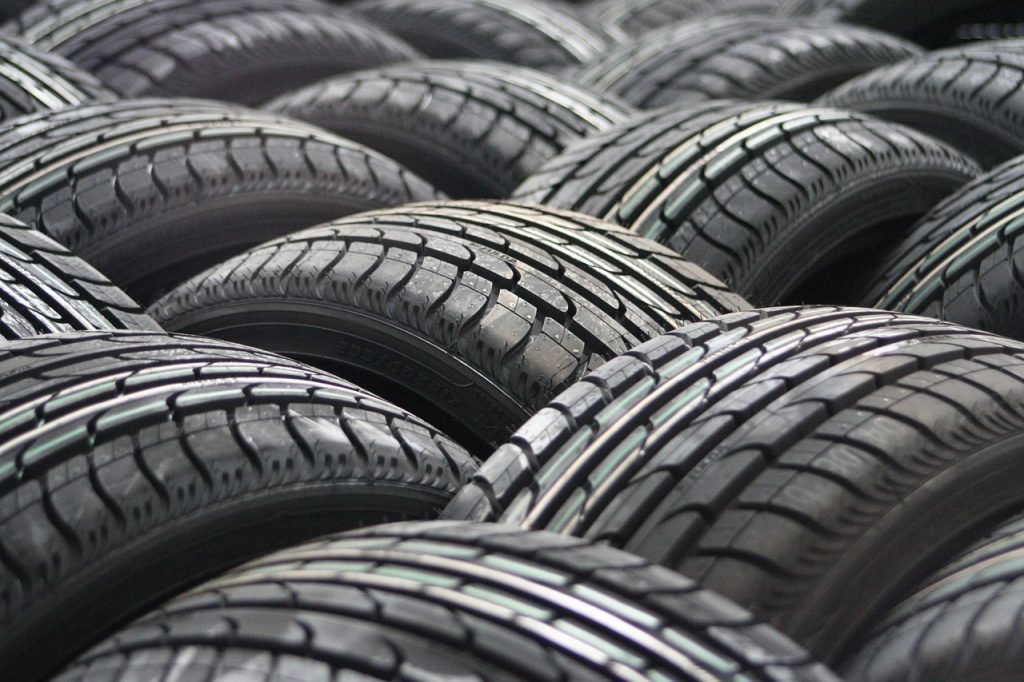What synthetic rubber is made of depends on the type that manufacturers want to make. Most are made of petroleum byproduct-derived polymers.
Roughly 70 percent of the products the rubber industry makes are now synthetic. Production took off after the middle of the 20th century when manufacturers saw that they could use natural gases and cheap crude oil byproducts to create high-quality, durable materials.



